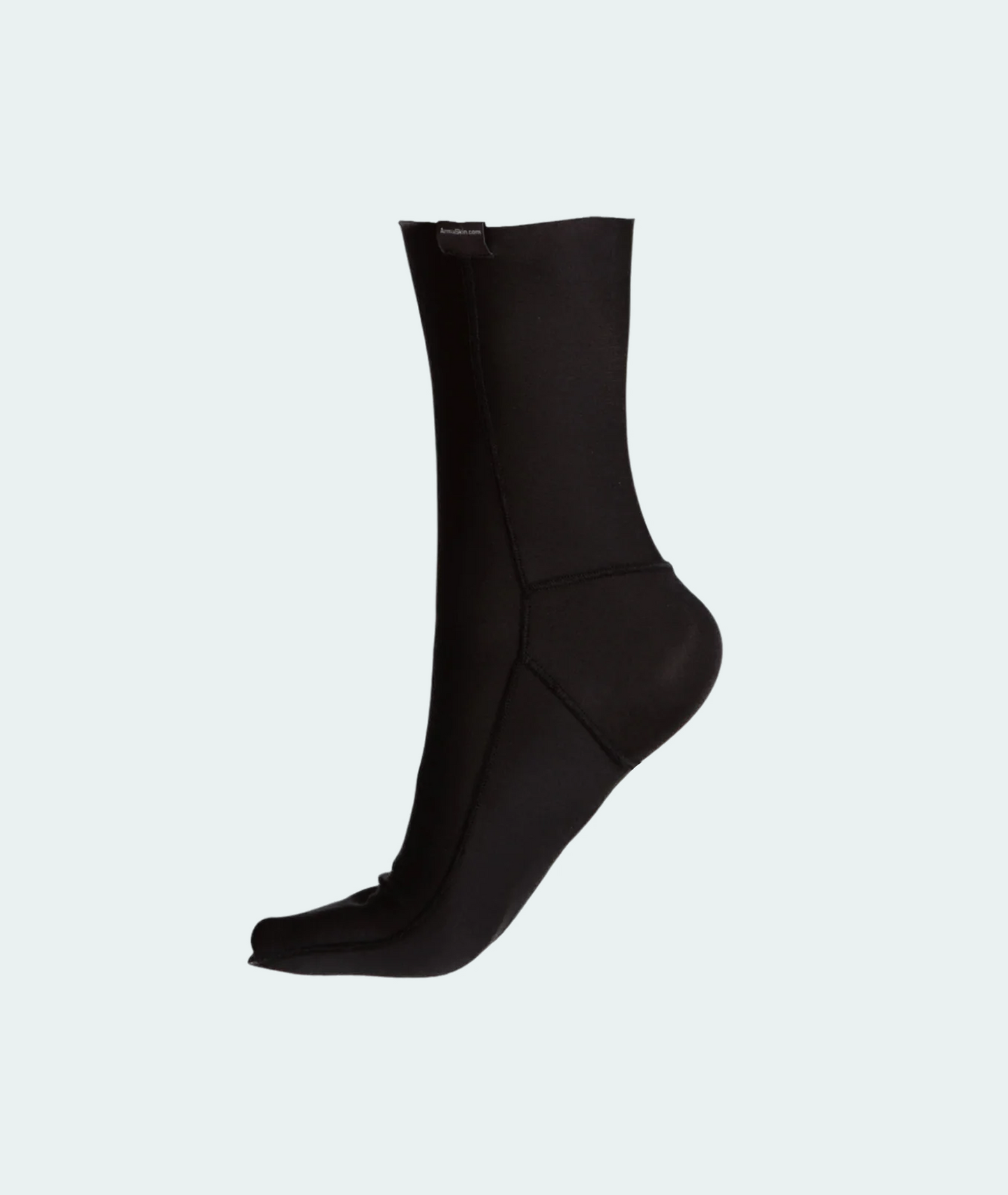
by Kyt Lyn Walken
Learn from the past
Tracking down men and animals is a useful skill which has been constantly handed down to nowadays. Even though it has crossed over decades marked by discoveries and technological development, this Art never lost her authentic consistency.
Tracking can help us in many situations, such as finding lost people, catching criminals, protecting wildlife, and solving crimes. It can also help us to move quietly in nature without being seen.
If we want to avoid being tracked, we need to learn how to hide our tracks. But before we do that, we need to be aware of the tracks we leave behind.
The best way to learn that is to practice tracking and hiding tracks ourselves.
How to track – basic principles
The tracks and signs we see depend on the type of ground and plants we are on, the weather and climate, and how careful we are.
This is true for both tracking and hiding tracks.
The first thing we need to do is to observe. This is what Doctor Locard's rule says: "Every contact leaves a trace". By observing, we can understand the place we are in and the people or animals who left the tracks.
By that, visual investigation leads us into the development of a fundamental awareness of any scenario we are in, but it also provides the crucial details which help us to profile the context itself and the authors of the tracklines.
This is the main part of tracking. We track as we solve a puzzle.
How the ground affects your tracks
Some grounds show tracks better than others. These are called “track traps”. They are mud, sand, snow. On hard grounds like pine needles or dry leaves, rough slopes, rocky/dry ground or grassy fields, it is very hard to see and follow tracks. In these cases, we will only see small changes rather than clear, whole tracks. But we can learn more as trackers if we try these conditions! Also, hard grounds give us more chances to hide our tracks well, as we will see soon. It is obvious that our common sense, and the skill to “take risks early” (a good saying from Special Air Service) will help us a lot. In a situation where we need to escape and hide, moving carefully and picking the best places for our footprints will make a big difference.
In these cases, we will only see small changes rather than clear, whole tracks. But we can learn more as trackers if we try these conditions!
Also, hard grounds give us more chances to hide our tracks well, as we will see soon.
It is obvious that our common sense, and the skill to "take risks early" (a good saying from Special Air Service) will help us a lot.
Don’t Let Blisters Slow You Down!
Discover the ultimate solution with ArmaSkin Anti-Blister Socks. Designed with advanced friction-reducing technology, these socks keep your feet dry, comfortable, and blister-free – no matter the challenge.
Shop NowIn a situation where we need to escape and hide, moving carefully and picking the best places for our footprints will make a big difference.
How to hide your tracks
"Of all the specialist activities relevant to the prosecution of a counter-insurgency campaign, none is more important than the provision of trackers.” – Frank Kitson, British counter-insurgency practitioner.
The definition of "Antitracking" is consistent with all the strategies employed to deceive and slow down a Tracker or a Combat Tracking Unit.
Some people who hide their tracks even use I.E.D.s (things that explode when you touch them, like traps, mines, wires and so on) to hurt or kill the trackers. This is called "Countertracking" in tracking words.
In quite all the manuals dedicated to combat tracking procedures you will surely find some reliable points related to Antitracking techniques.
Walking without leaving a trace goes under this category.
The more we know, the better we can use them.
Generally speaking, there are three main categories of the most common Antitracking techniques engaged: speed/distance, deception and offensive.
If we want to hide our tracks when we are in the woods, we need to avoid any movement, break, sight or sound that can easily show where we are.
Application of the British Antitracking Principles

Some grounds show tracks better than others. These are called "track traps". They are mud, sand, snow. On hard grounds like pine needles or dry leaves, rough slopes, rocky/dry ground or grassy fields, it is very hard to see and follow tracks.
To learn this well, we can use the famous "British ways to hide your tracks", made by SAS long ago in Malesia and Borneo fights
don't walk on soft ground if you can step over
don't leave the shape of our foot (even a small part of it) on muddy, sandy, snowy and wet ground with no things on it ("track traps")
- don't bend what you can move
- don't break what you can bend
- don't break what you can flex
- don't cut vegetation, don't start fires and so on
- avoid using things that smell
- take away your trash and poop
- avoid use of deodorants
- pack out your leftovers and excrements
How to walk without a trace in the forest
If we need to avoid leaving tracks in the forest, we need to pay attention to the features of the place we are moving in.
Knowing which technique could be the most effective depends to our experience as well as to the systematic analysis of what the situation requires us to do.
We need to remember that when we move through a place, we always leave some signs of our passage, made by any part of our body.
In narrow spaces, for example, our hair could get stuck in the thick plants, or get caught by thorns.
If we want to leave as few tracks as possible, we need to tune in with the environment.
Our actions will follow what the environment tells us. Every action has a specific effect on:
- the ground
- the plants
- the animals
Every movement we make must be planned and adjusted to disturb the natural state and balance of an area as little as possible.
When we choose to go through a specific area, we must think about the main features it has, such as the animals, the slopes, the obstacles, and the animal paths.
Use the ground as your friend
If we know a place well, we will know how the ground reacts to our steps.
This is very helpful information if we have been there at different times of day and seasons, and with different weather conditions.
This means that we probably know that some areas show less signs of our steps because of the hard and rocky ground, which makes tracking very hard.
Our steps on such grounds will be hard to see.
An accurate Tracker gains visual experience through dirt time (in Tracking terminology, time spent tracking people or also animals). This can help you to consolidate your observation skills as well as your follow-up approach.
By doing this, we can build a mental database of how tracks look in a certain place, and how weather and time change them.
This is a good point if we want to know how long our tracks will stay visible.
Different situation: if we are in a new place and we want to go across it without leaving many signs, we need to:
- scan the area carefully to get as much information as possible - areas where the ground is wetter, shape of the area in terms of slopes...
- look for signs of recent passage by other people or vehicles - we can try to step on their tracks to confuse and slow down a tracker
- test the ground to see how it reacts to our steps and avoid areas where our passage is very clear
- carry only what we need to be lighter and leave less deep footprints

You can also ask yourself some simple questions to avoid leaving tracks.
- Will your passage scare the birds? Stay away from that area.
- Will you save time by crossing a slope? Don't do that, your footprints will be very obvious as you will put more energy to climb it.
- Will you cross an area with a lot of dry, dead leaves? Don't go there. The noise will be very loud.
Other techniques to minimize tracks:
The more you observe, the more data you collect.
After all, Antitracking techniques are the result of a solid calculation of risks!
I am sure you can also mention by yourself a bunch of other methods you have probably noticed in Western movies or TV series, like:
- jumping from one stone to next one or just walking on hard surfaces
- walking backwards
- walking inside a dry ford
- brushing out or camouflaging the tracks
- wearing shoes with no specific pattern design or socks over them
- using main trails in order to confuse your tracks with others
- and many, many other ways.
On the effectiveness of walking without leaving traces in the forest
Do all these techniques actually work if you want to move through a forest without leaving a trace? Some of them surely can help. Nonetheless they clearly don't go unnoticed by experienced Trackers.
It is clear that the most popular tricks take a lot of time and energy to use.
The K.I.S.S. (Keep It Simple, Stupid) Principle is the best thing when it comes to hiding or reducing your tracks. As I said before, it all depends on the place and the situation, but also on you, on your physical and mental conditions.
If you start to feel tired and hungry, just use common sense and don't hurry.
Before leaving any signs, think about how your tracks will look like, especially to experienced trackers.
"Leave no trace"
A simpler aspect of hiking without leaving a trace in the forest is to respect the environment and the wildlife. This means that we should not leave any rubbish, waste, fire remnants or other things that can harm the nature or the animals. We should always pack our trash and take it with us when we leave. We should also avoid making fires or use existing fire rings if possible. If we do make a fire, we should make sure it is completely extinguished and scatter the ashes. We should also bury our human and animal waste in a hole at least 15 cm deep and 60 m away from water sources. By following these simple rules, we can help to preserve the beauty and health of the forest and its inhabitants.
How can ArmaSkin help leave no trace.
ArmaSkin liner socks are special socks that you wear under your normal socks. They stop blisters by holding firm to your skin and keeping it dry. By wearing ArmaSkin liner socks, you can avoid using tape on your feet, which can become rubbish and harm the environment. You can also avoid having blisters that can affect your gait and thus leave more obvious tracks.
And as a thank you for reading this blog to the end, if you use discount code Leavenotrace you can have a 50% discount in August 2023 when buying from armaskin.com
About the author: Kyt Lyn Walken
- Certified Wildlife Conservation Ranger at Conservation Ranger Operations Worldwide
- Official Representative & Instructor at Hull’s Tracking School
- Directora de Rastreo Humano por Dynamic Tracking (Spain)














